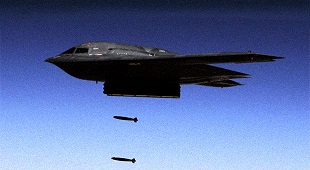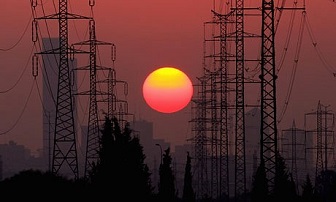America's War on North Korea

Montage: Clockwise from top: U.S. Marines retreating during the Battle of Chosin Reservoir; U.N. landing at Incheon harbor, starting point of the Battle of Inchon; Korean refugees in front of an American M26 Pershing tank; U.S. Marines, led by First Lieutenant Baldomero Lopez, landing at Incheon; F-86 Sabre fighter aircraft.
On July 27, 1953, the Korean War ended. An uneasy armistice persists. The heavily fortified 2.5 mile Demilitarized Zone (DMZ) separates North and South. Occasional incidents occur.
Truman's war never ended. Its origin was misreported. IF Stone's "Hidden History of the Korean War" explained. Monthly Review co-founders Leo Huberman and Paul Sweezy wrote in the preface:
"This book....paints a very different picture of the Korean War - one, in fact, which is at variance with the official version at almost every point."
Stone's investigative research presented a "full-scale reassessment of the whole" war. French publisher Claude Bourdet added:
"IF Stone's thesis corresponds to reality, we are in the presence of the greatest swindle in the whole of military history....not a question of a harmless fraud but of a terrible maneuver in which deception is being consciously utilized to block peace at a time when it is possible."
Stone called it international aggression. So did Huberman and Sweezy, saying:
"....we have come to the conclusion that (South Korean president) Syngman Rhee deliberately provoked the North Koreans in the hope that they would retaliate by crossing the parallel in force. The northerners fell neatly into the trap."
Beating up on North Korea persists. It's done for geopolitical reasons. Washington needs enemies. When none exist they're created. North Korea comes straight from central casting.


























